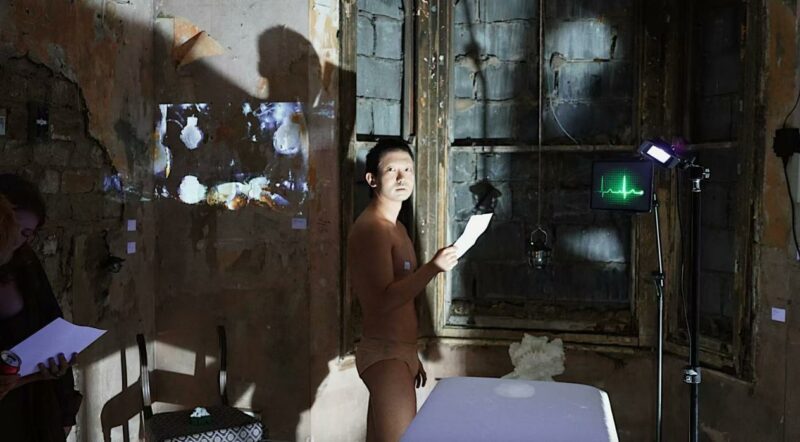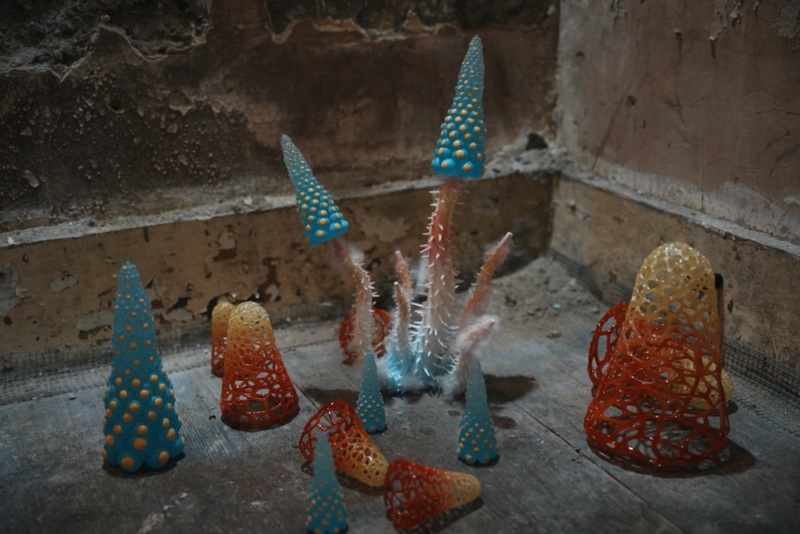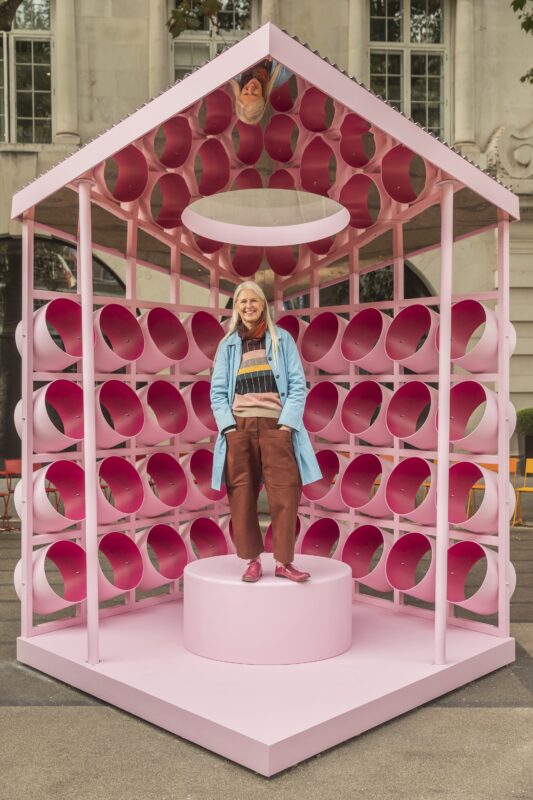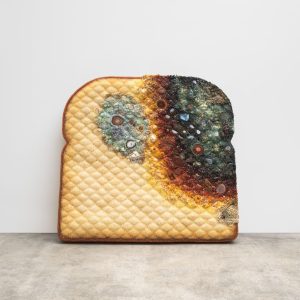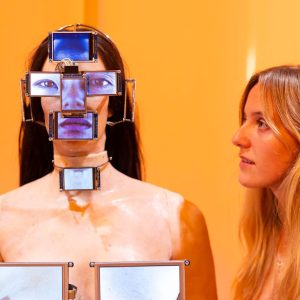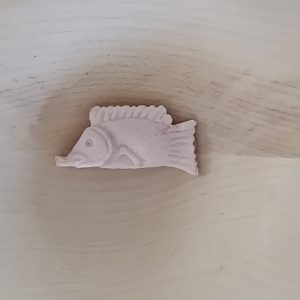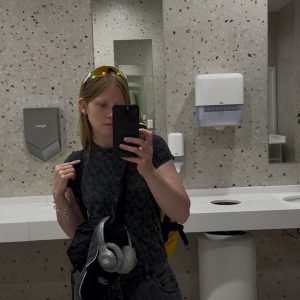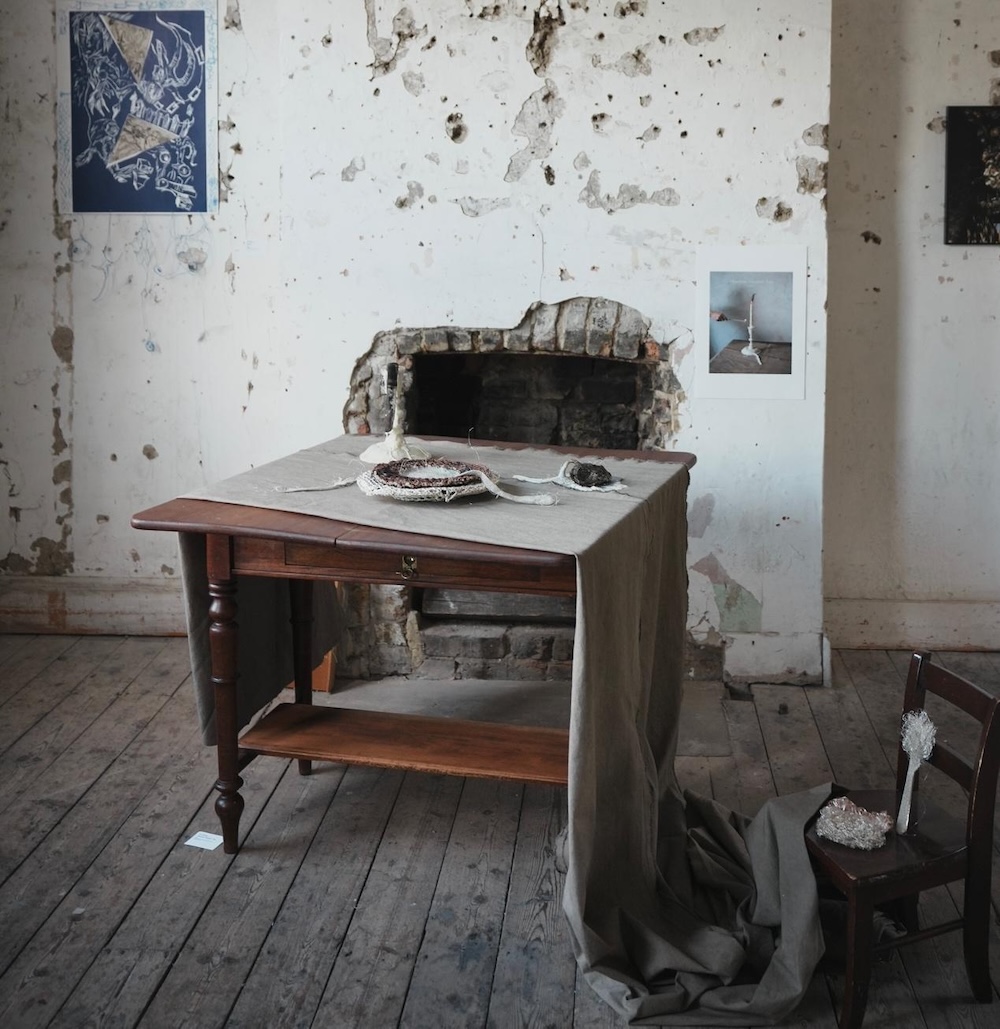
On September 14th, 2024, the 22nd London Design Festival opened in London with the theme “Natural Utopia.” As part of this event, the contemporary art exhibition Escape from Tartarus, organized by the curatorial team Saturn VII, presents a unique and alternative imagination of a utopia envisioned by contemporary youth. Saturn VII, an innovative art institution founded by artists Yiru Wang, Fan Yang, and Su Jin, derives its name from Hyperion, one of the largest irregular celestial bodies in the solar system. This name reflects the team’s interest in interdisciplinary art and naturalism. The concerns of today’s youth unfold through the mythological symbols in Escape from Tartarus, ultimately culminating in a poetic and philosophical response to the contradictions of the present.
The participating artists and designers: Yiru Wang, Fan Yang, Su Jin, Annabelle, Mathijs Hunfeld, Roslim Dew, Jiapeng Liu, Hanbing Fang, Holly Cheng, He Wang, Rubin Jiang, Tianyun Liu, Jingyi Jiang, Rui Huang, Zihan Xue, Xin Zhong, Lanxi Zhang, Ariel Li, Xuan Feng, Naixin Shi, Anni Zhu, Jaxi Liu, Rouxi Pan, Hao Huang, Fan Bangyu, Minglin He, Xueshijia Wang, Juice Cui & Cheng Panhuili.
The Escape and the Wait in Tartarus
In biblical tradition, “Tartarus” is the place where fallen angels await judgment. The exhibition Escape from Tartarus takes “Tartarus” as the starting point for an exploration of escape, creating a unifying narrative for the entire exhibition. In doing so, the show poses a fundamental dialectical question: How does the individual escape from the monotony of daily life, which lasts “until death,” by adopting a transcendent stance?
However, the artworks featured in the exhibition reflect a more subtle, everyday form of resistance rather than direct action. For instance, artists such as Fan Yang, Mathijs Hunfeld, Minglin He, Hao Huang, Juice Cui & Cheng Panhuili, and Ariel Li expose or transform daily scenes through intuitive collages and heterogeneity. Their works juxtapose the politics of everyday life with personal associations. Despite the differences in the specific themes addressed, the overarching narrative reflects the individual’s political predicament in contemporary society, akin to the eternal waiting of sinners in Tartarus.
Among the pieces, Fan Yang’s series Deserted Land captures ordinary moments of daily life through a static, tragic lens. Beach scenes, chairs, and policemen are all rendered as materials that reflect the overall human predicament due to their framing within a desolate perspective.
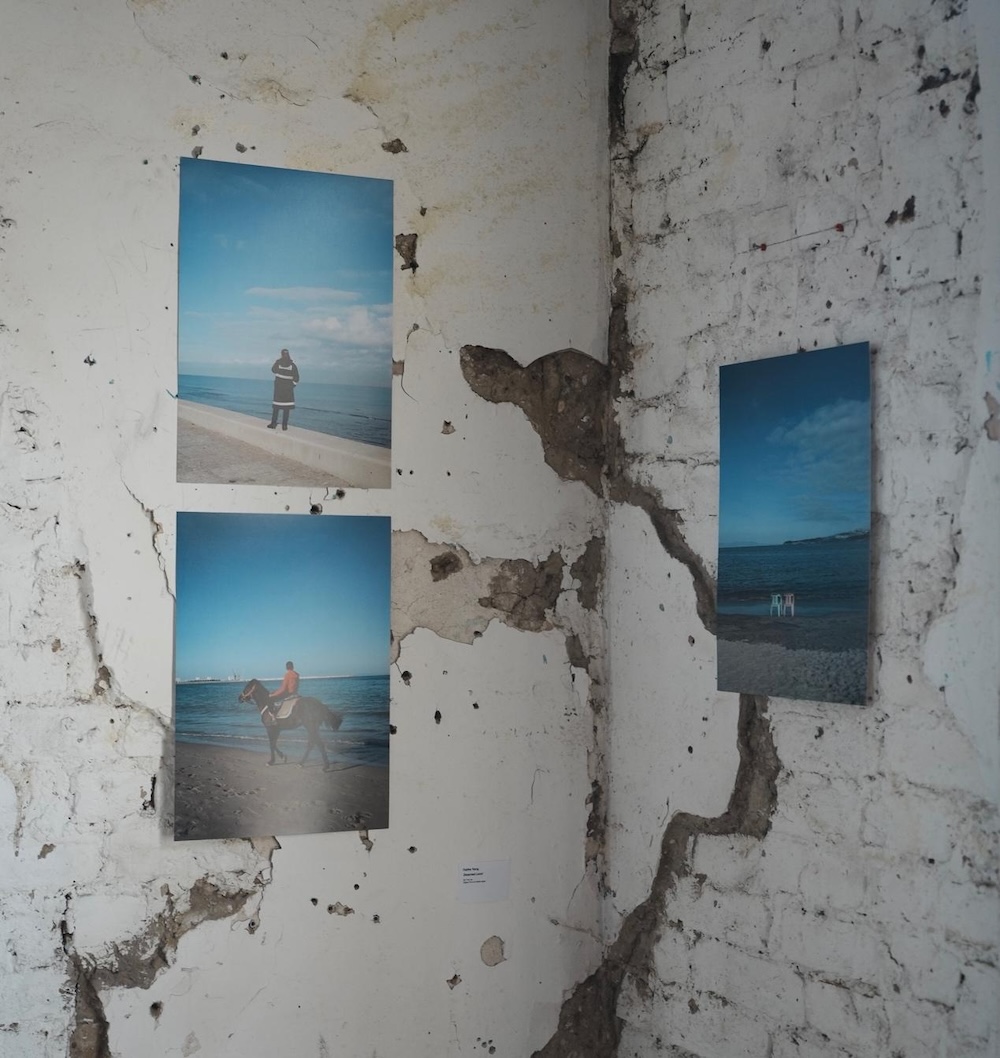
The Death and Rebirth of Dionysus
Curating contemporary artworks under mythological themes has become a relatively common approach today. However, the true significance lies not in the surface use of cultural symbols, but in how the works and spaces connect with the philosophical underpinnings of art and how they are interpreted within the current context. In the exhibition Escape from Tartarus, some works, such as those by artists Lanxi Zhang, Zihan Xue, and Jingyi Jiang, incorporate furniture or objects more closely aligned with everyday use, such as cushions, sofas, and woven rocking chairs—items intimately associated with relaxation and repose. These objects are intentionally placed within the framework of Escape from Tartarus, allowing us to approach the “waiting” dilemma discussed earlier, through a sensorial dimension that aligns with a Dionysian dialectic of art philosophy.
Dionysian artistic philosophy, dating back to ancient Greece, was intentionally distinguished from the Apollonian male-centered grand narratives, emphasizing form and control. This distinction also contains the seeds of contemporary critical thought. In the exhibition, Yiru Wang’s works Symbiotic Species and Elysium Echoes explore potential futures through the lenses of cyborgs, posthumanism, and ecological reconstruction. In Elysium Echoes, the artist presents three human states as white statues created using 3D printing technology, echoing ancient Greek sculptures. However, these forms embody fluidity, critique, and skepticism, distinctly departing from traditional grand narratives of ancient Greece. This approach fundamentally rearticulates the younger generation’s attitude towards established values.
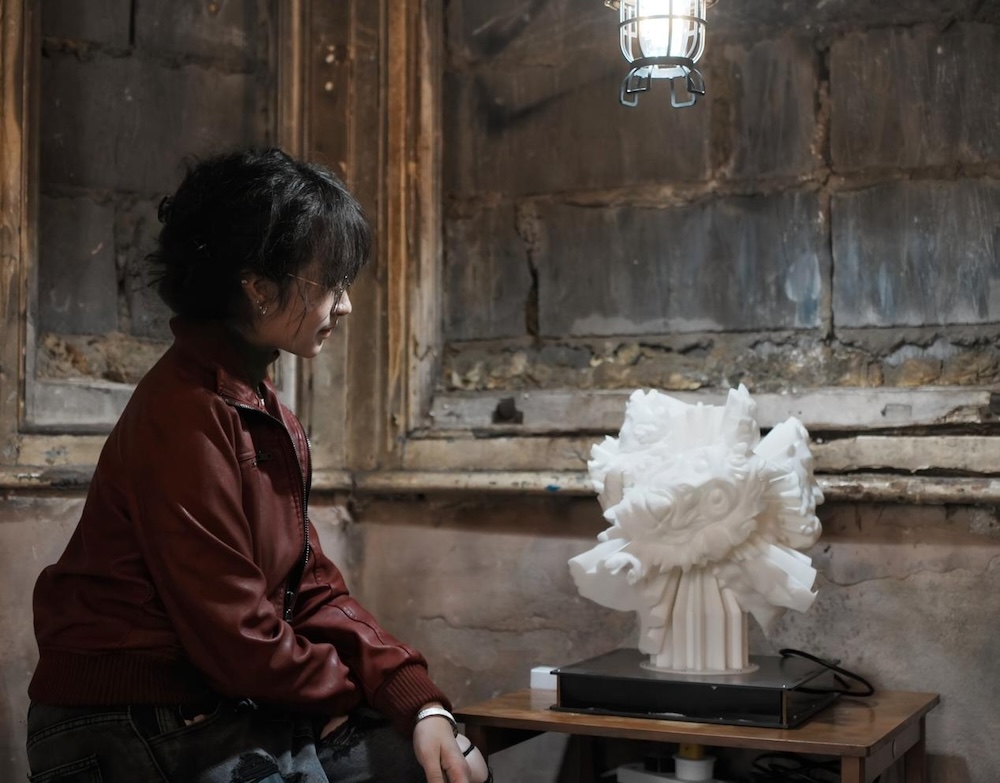
This impulse toward negation, along with a sensuous perspective, leaves a notable imprint on the initial impressions of the Escape from Tartarus exhibition. In Su Jin’s work, Untitled, themes of “boundaries” and “order” are critically examined. The individual’s struggle and eventual breakthrough within systems of order are rendered in the form of a static, mixed-media painting. This stillness reflects an ideology of suspension that ultimately leads to a sense of nihilism. Through this work, Su Jin enacts a negation of the “everyday,” offering a re-enchantment of the mundane through a critical, negative lens.
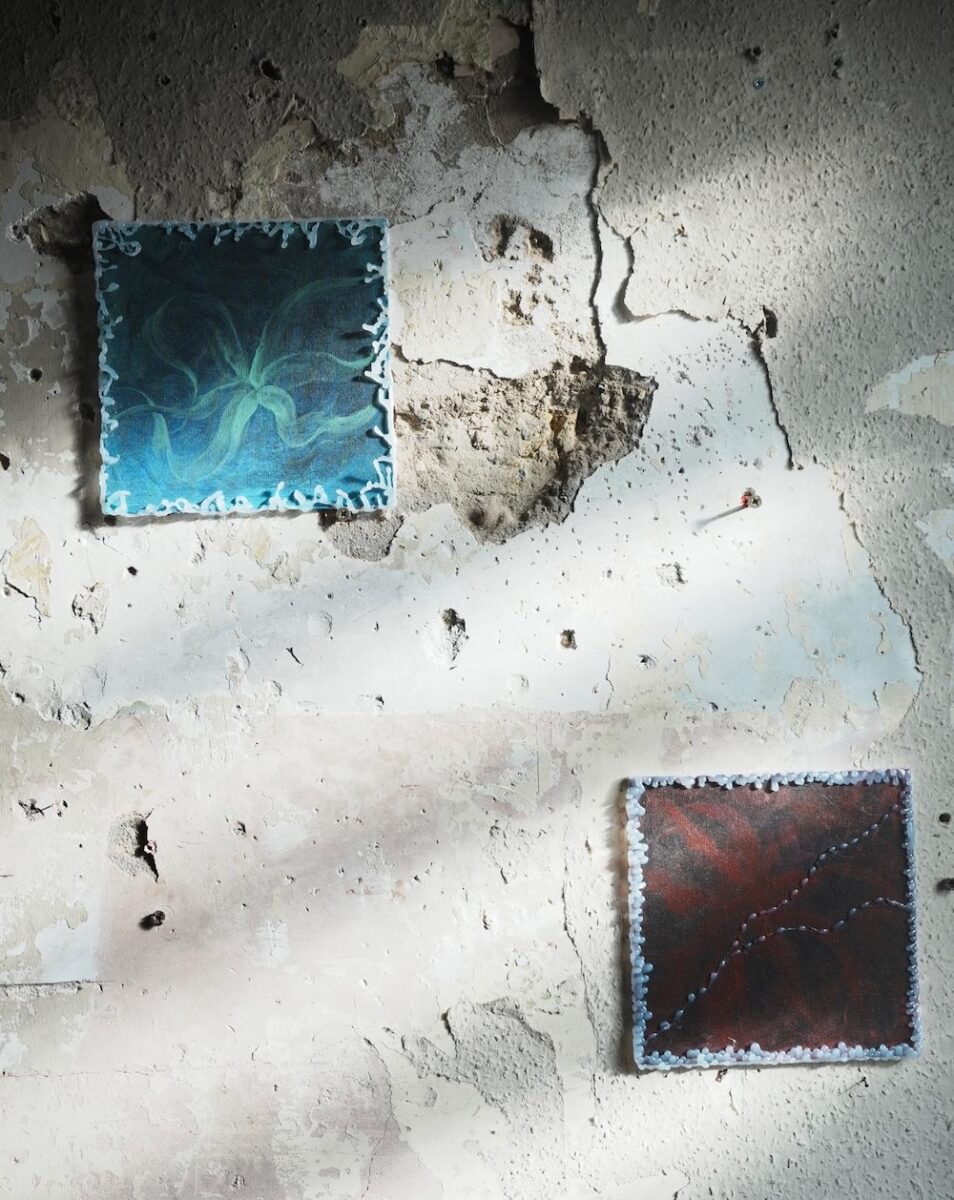
This also represents a contemporary re-dialecticization of the Dionysian spirit, which originally signified a chaotic dissolution into nothingness, a tranquil “all becomes one.” In its new transformation, it shifts toward a Zen-like resistance characterized by “non-cooperation unless necessary.”
Conclusion
By tracing the religious concept of “Tartarus” from the exhibition’s title to a re-examination of the Dionysian spirit, Escape from Tartarus offers a speculative answer to the problems of the present, framed within a Vichian (Giovanni Battista Vico) poetic reflection. The classical and post-classical debate about whether scientism would lead humanity to “paradise” gains a new dimension if the starting point is Tartarus. In this context, the Vichian metaphor—representing the unknowable aspects of life—embodies a fundamental form of resistance, offering an optimistic dialectic in its opposition. The very notion of the “everyday” contains within it the contradictory acts of both escape and waiting. Under the poetic and mythological symbols, the individual and the era, introspection and connection, converge toward a contemplative opposition.
Escape from Tartarus 17th September—22nd September Saturn VII

